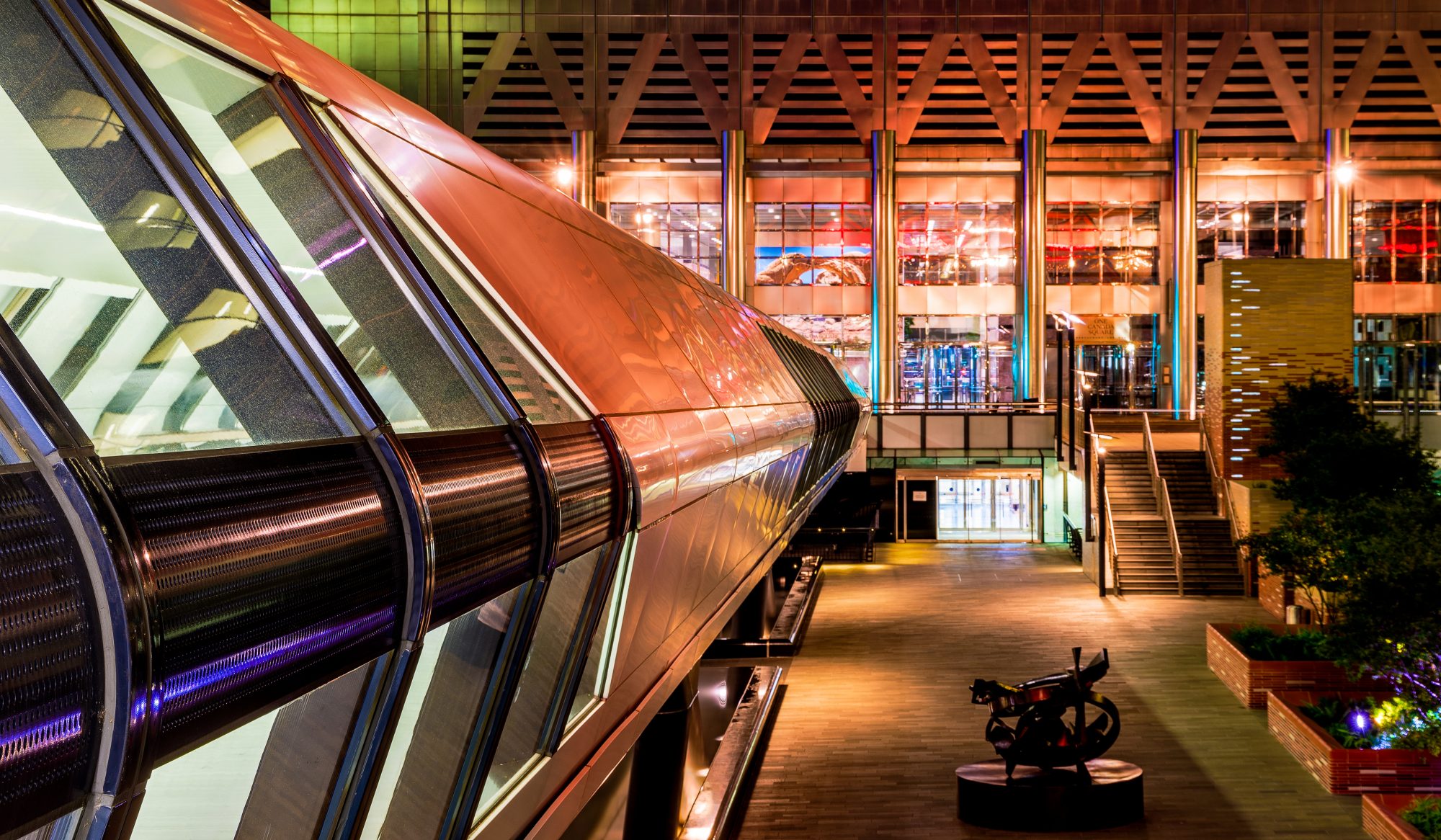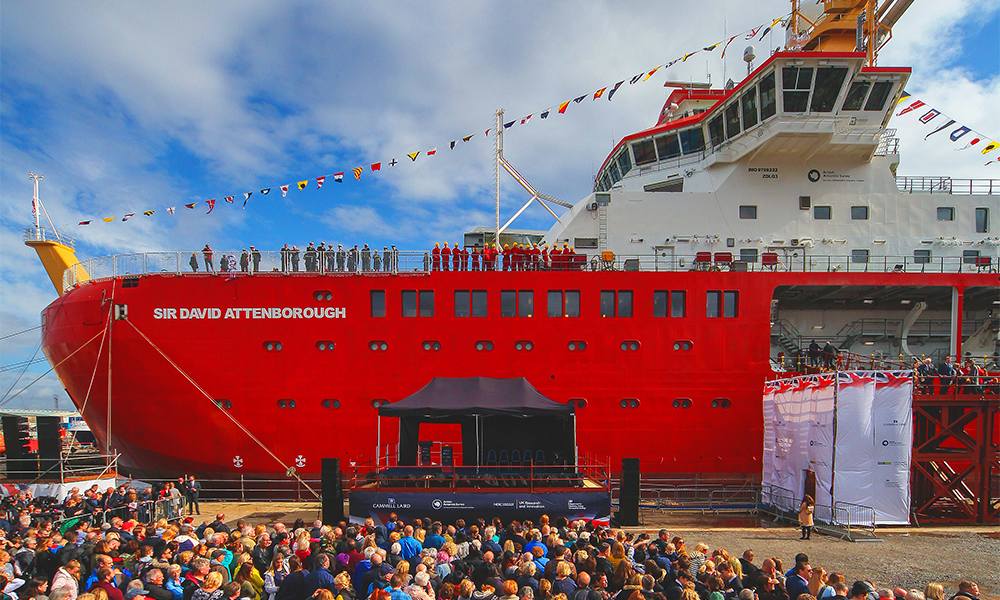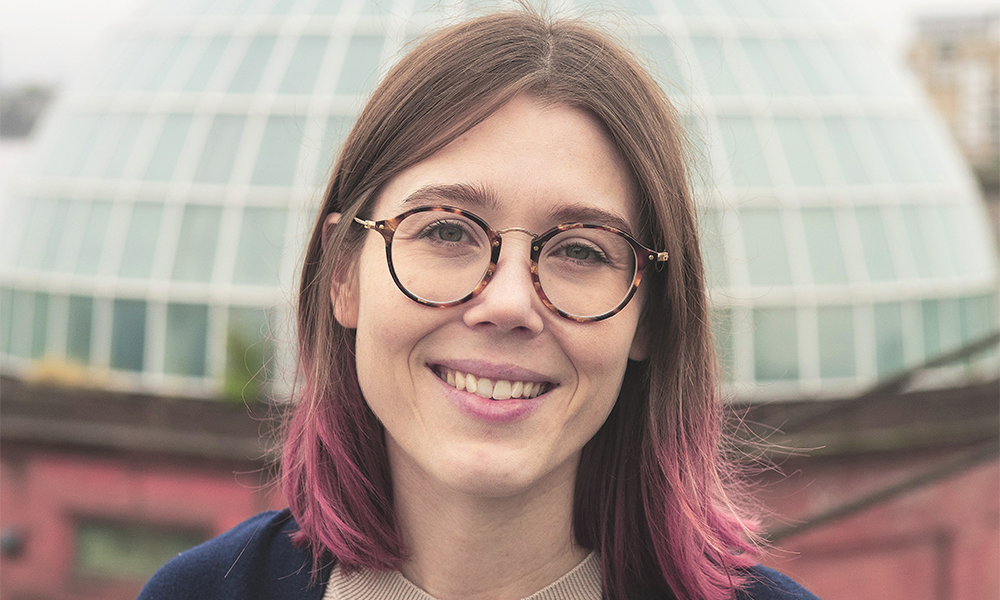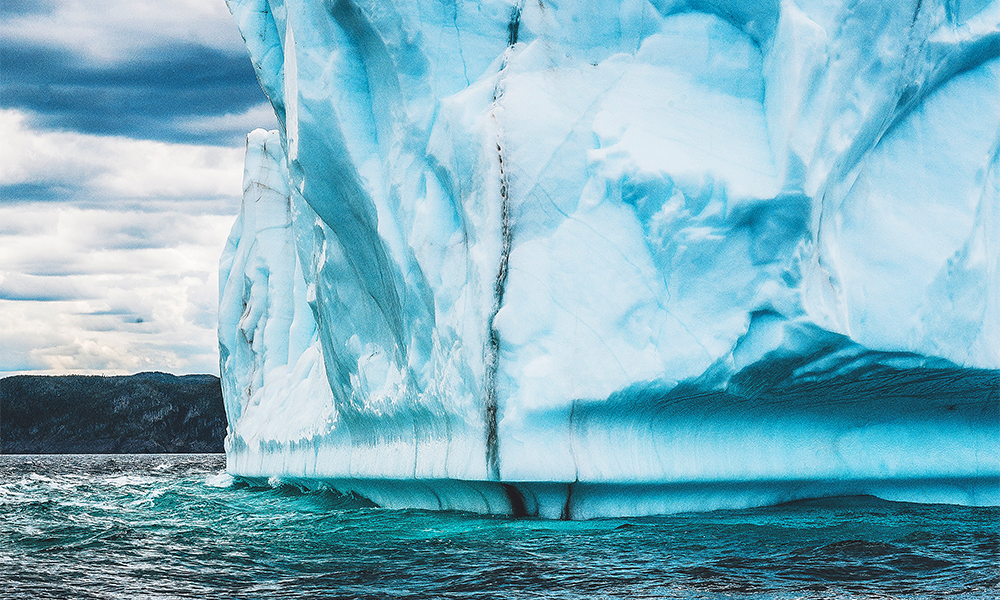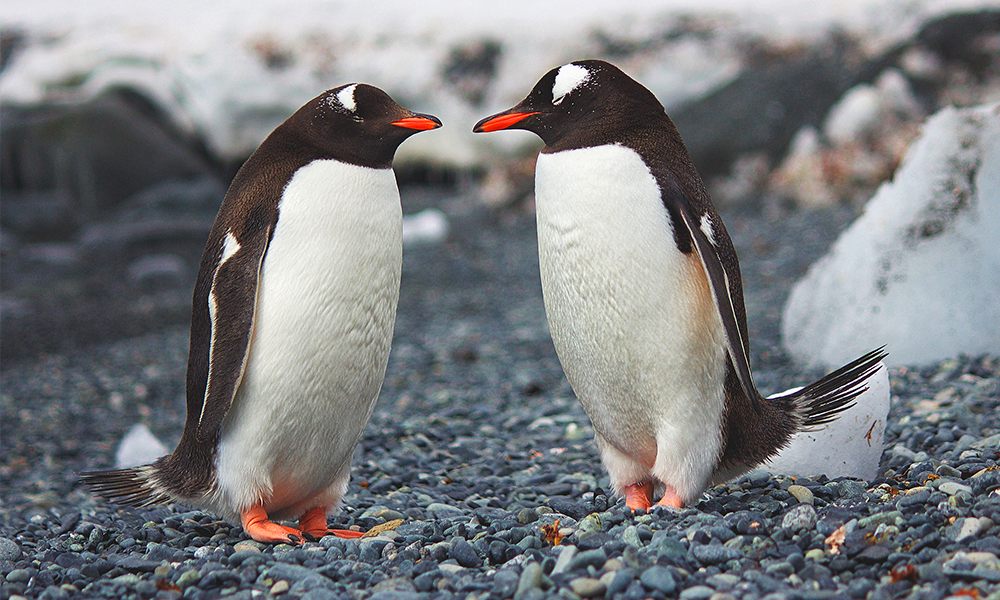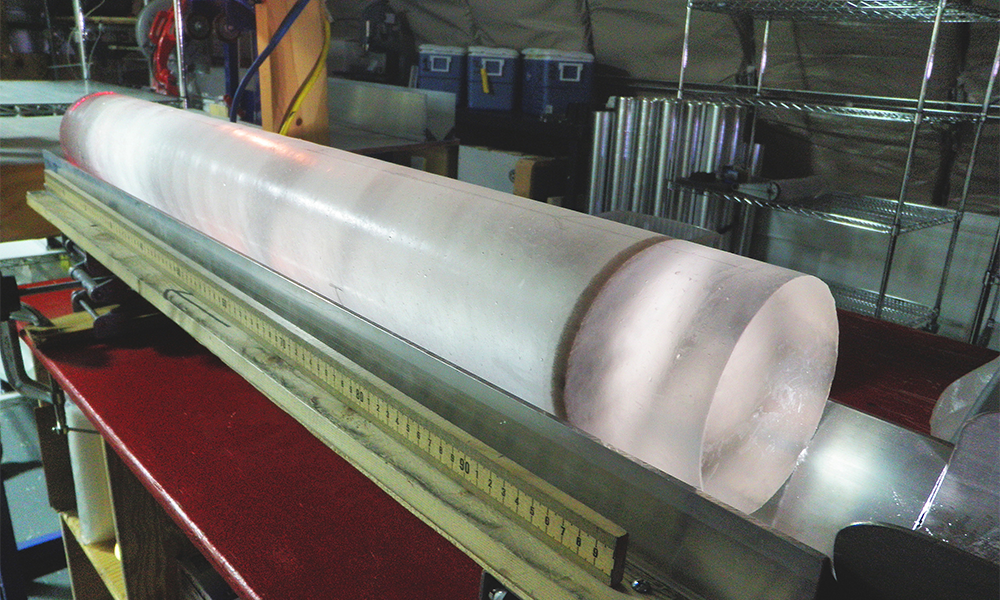Founder and artistic director Andrea Cockerton on bringing performances to Cutty Sark, Trinity Buoy Wharf and St Bartholomew The Great
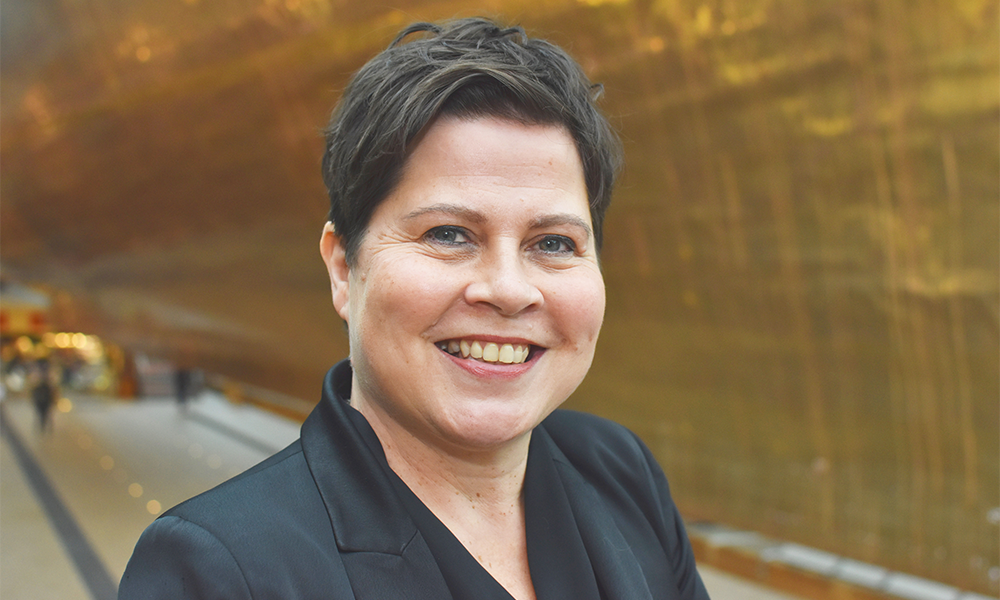
Subscribe to our free Wharf Whispers newsletter here
In one important sense, or lack of it, In The Dark is a tough sell.
That’s because, despite positively fizzing with enthusiasm for the project, founder and director Andrea Cockerton can’t talk much about the actual content of its forthcoming performances in anything other than general terms.
To do so, would be to shatter the secrecy and ruin the experience.
What she can tell me is the basics.
In The Dark aims to do for music, what celebrated pitch black dining experience Dans Le Noir has been doing for food since the early noughties in Clerkenwell.
Audiences don eye masks for the hour-long performances without knowing what music they will hear – both measures that are intended to intensify the listening experience.
“In a way, watching people performing is a distraction,” said Andrea.
“You’re looking at them, at the other audience members, perhaps checking the time.
“I wondered what would happen if you took that away?
“When you can see, you’re processing a great deal of visual information.
“But, with sound surrounding you in the dark, your brain does all kinds of different things.”
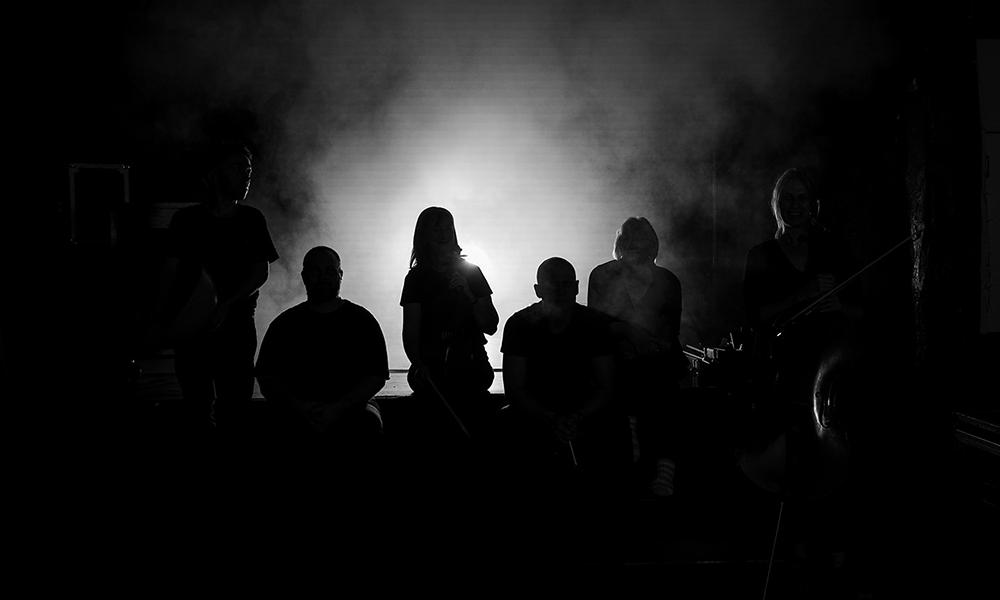
the origins of In The Dark
Andrea, a pianist, composer, and arts entrepreneur, developed the idea initially for large-scale musical collective
We Are Sound, a group she founded in Cambridge that puts on “gloriously chaotic” gigs featuring more than 120 amateur performers.
“We’d done quite a few shows in London at Scala, Union Chapel, Bush Hall and loads in Cambridge,” she said.
“It was with that group that I was trying to think about what else we could do.
“So I told them we were going to do some shows in darkness.
“The idea was that it would be a really great experience both for learning music and for performing.
“I put the tickets on sale and they sold out within half an hour. We added extra shows and they just kept selling.
“Each performance was about 30 minutes and the feedback was phenomenal. Normally, with music you don’t get much but it came flowing back to us.
“People were saying it was the most extraordinary experience, that they would never forget it.
“Audiences found it profoundly moving.”
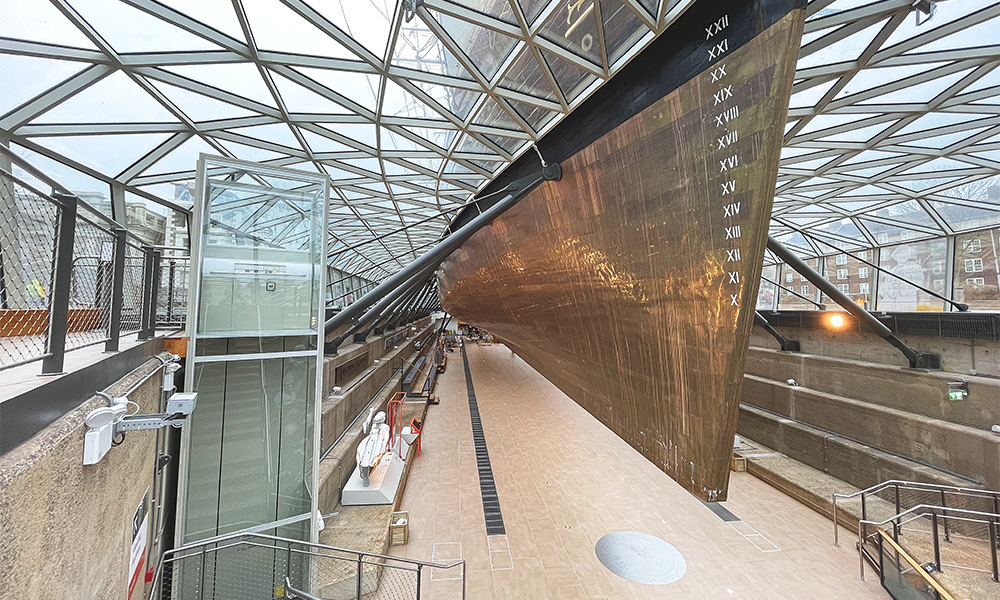
pushing forward In The Dark
Just as Andrea, who studied music at Cambridge before spending time in the world of business, and the project was getting into its stride, the pandemic arrived and upset things.
“I knew by our final performance that I wanted to try In The Dark with professional musicians because I thought it had the potential for a wider run, perhaps in the West End,” she said.
“It’s taken five years for two reasons.
“Firstly, I was very sick with Covid and Long Covid and secondly I was diagnosed with cancer.
“I’m OK now and I’m back up to full speed – I felt this needed to happen and I’ve never been someone who doesn’t follow my dreams.
“So then it was a case of finding some venues and a group of musicians.”
In The Dark, featuring Andrea’s Hush Collective, is set for a run of performances at St Bartholomew The Great in Smithfield, Trinity Buoy Wharf in Leamouth and a couple of shows under the hull of the Cutty Sark in Greenwich in celebration of Burns Night.
But why seek out characterful venues at all, if audiences can’t even see them?
“While the shows differ slightly in format depending on the venue, what’s common to all of them is that they are in beautiful buildings, beautiful settings,” said Andrea.
“People have a little bit of time to enjoy that before sitting down.
“It’s a calm, slightly visceral atmosphere.
“People are given masks and they put them on before the show begins.
“The acoustics are an important factor in the choice of venue too – it’s 99% unplugged so you need some kind of resonance.
“While the audience don’t see the performers, there’s quite a lot of movement too, which changes the sound and the experience for the listeners, so we need space for that to happen.
“There are no monitors, no metronome clicks for the musicians, no conductor – nothing – and that’s both risky and extraordinary for the performers.
“It’s all done through rehearsal – the players have to know the material well enough so they know exactly what’s going to happen and when.
“As an audience member you’re not seeing how you respond, and as a performer you’re not seeing how you perform – there’s this fantastic freedom and that’s why people have responded to it so well.
“It really is magical, I’d listen to a performance like this every night if I could.”
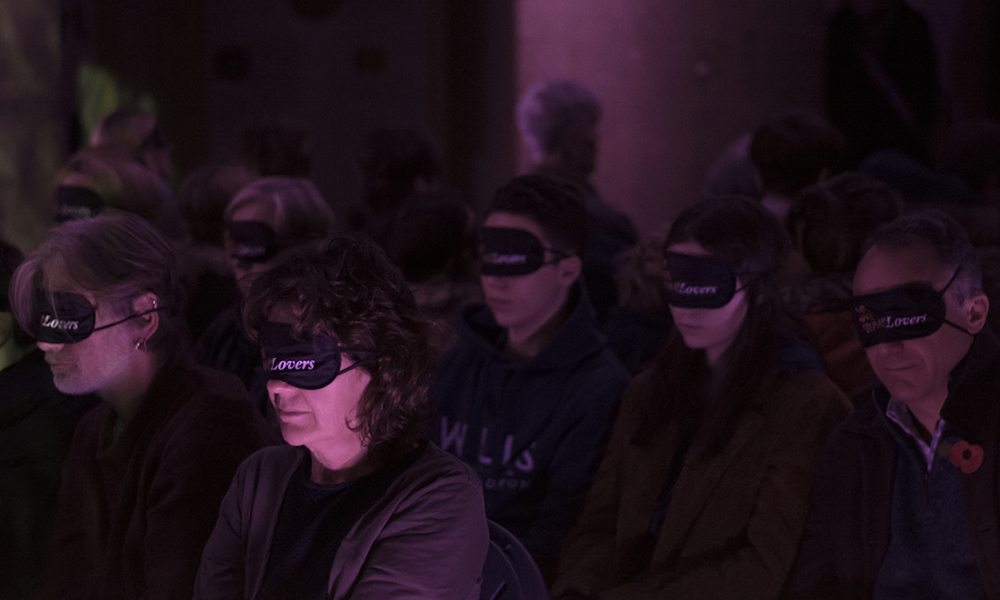
revealed at the end
Audiences only see members of the Hush Collective at the end of the performance, when details of the programme are also revealed.
Without endangering those precious secrets, we can at least say there might be elements of ambient, Scandi, nu-folk and experimental music with hints of electronic and classical thrown in for good measure.
Beyond the music itself, there’s another dimension to In The Dark, which Andrea hopes to develop and grow beyond this run of performances.
“If this goes well in London, the aim is to take it into Europe, especially the Scandinavian countries,” she said.
“Part of our ethos is to pay our musicians fairly – we want to do things right for people working on the project.
“Some years ago I set up The Dosoco Foundation to support music related projects and we’ve given out about £20,000 over the years to a variety of initiatives.
“We’ll be giving 5% of the profits from In The Dark to that organisation to help fund it.”
key details: In The Dark
In The Dark performances in east London are set to take place at St Bartholomew The Great in Smithfield on various dates and times from January 16, 2025, and at The Chain Store at Trinity Buoy Wharf in Leamouth from March 20.
Tickets start at £35.
The Cutty Sark will host two shows on January 25, 2025, at 7.15pm and 9.15pm.
Standard tickets for these cost £40.
Performances are suitable for ages eight and up.
Find out more about the concerts here
Read more: How Dez Amore has smashed burgers and pasta together under one brand
